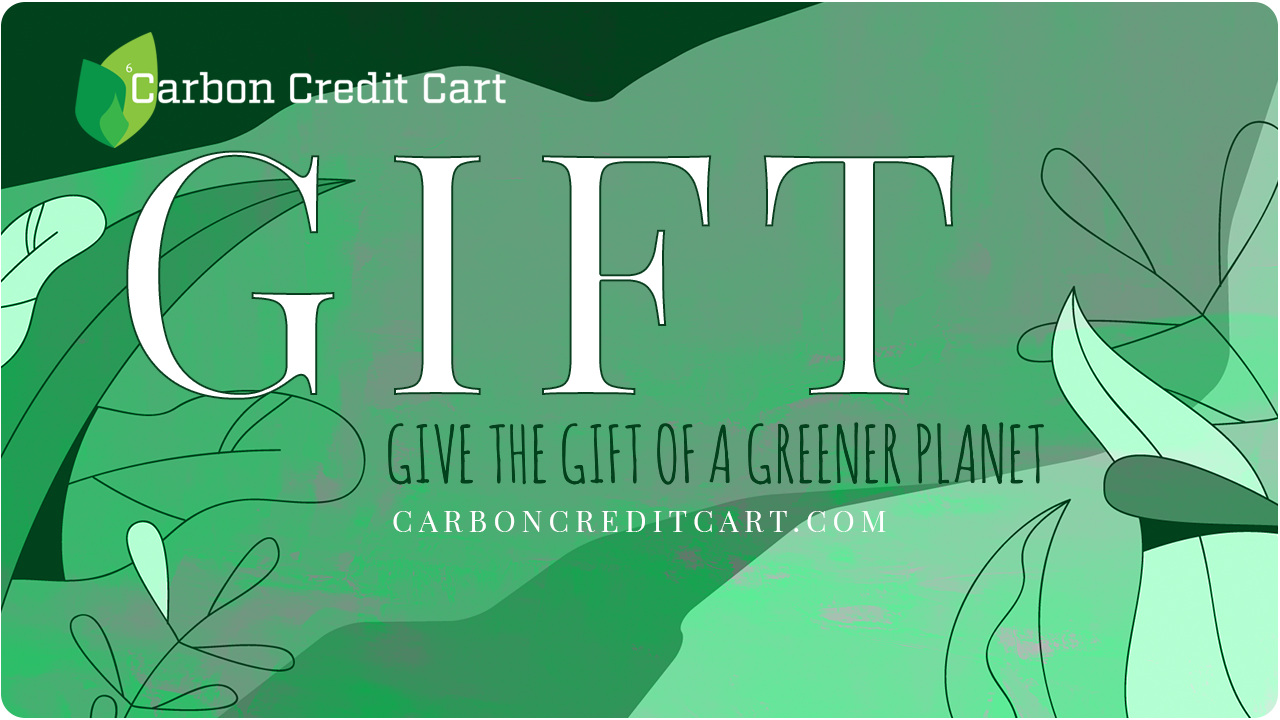The holidays are an emotional time of year. They have a way of seeping into our collective central nervous systems and igniting feral levels of intemperance and ardor. Advertising hyperbole. Rampant consumerism. Travel pollution. The agony and ecstasy of family dynamics. Now add COVID-19 to the eggnog.
Uncertainty and opinions abound around how families should or should not bring their personal bubbles all under one roof during the happy days of November and December. All across the country, with a backdrop of endless news cycles blaring contagion statistics, families are trying to decide what happens when the kids get home from college; what happens if grandma spends the holidays alone. And many, in spite of the spikes following 4 th of July and Labor Day holiday weekends, are literally dying for social interaction. And others, living in multi-generational households, continue to deal with the harrowing risks of exposure on a daily basis. A tough situation. A different kind of year. Personally, I’m praying for the good scientists at Pfizer and Moderna.
But I digress.
From an environmental point of view, the silver lining is that holiday travel is expected to be tepid. According to the AAA, this summer’s travel declined by -14.6% which was driven by a 73.9% drop in air travel [1]. (Another indicator of uncertainty – the AAA refused to issue estimates for 2020 holiday season.) An organization called Destination Analysts, in a recent Coronavirus Travel Sentiment Index Study, found that just 28% of respondents said that they would travel for the November – December holiday period.[2] So, again, good for the environment. Fewer holiday travel miles, fewer commuter miles, what’s not to love?
Well, there’s this: consumers with credit cards abhor a vacuum. And love has a CVC code that can’t be denied. As people quarantine and stick close to their hearths, the desire to connect with their peeps through the magic of same day delivery – to say nothing of the urgent need to have underarm deodorant delivered to one’s home within 24 hours – has only intensified. It’s a natural reaction to confinement. And this itch to spend has not been lost on the keen-eyed, well-financed suits at Amazon, Target, Walmart, and others. (Nor, should I add, has it been lost on the legions of local merchants and eateries facing the ominous reality of lay-offs and extinction as the weather turns colder. Godspeed, Main Street.)
So the big dog this holiday season will be ecommerce. And that has created its own dynamic. Industry pundits estimate that the shortfall of delivery capacity versus demand for the Thanksgiving to Christmas period will be 7.2 million packages per day [3]. Per day. Capacity at all the major carriers is maxed out. All of the second tier carriers are maxed out, too (think DHL and eCommerce Solutions). Available capacity was booked months ago. Amazon is hiring 100,000 employees [4] and investing furiously in standing up micro-hubs to help make the holiday porches groan under the weight of goodies in a corrugated box. But still. There are growing mountains of packages that must be delivered. And if you think that the 24/7 beehive of delivery activity in your neighborhood is ubiquitous now, just wait. Residential streets will be jammed with legions of trucks from Amazon Prime, FedEx, and UPS. And, bless their pointy little heads, the USPS trucks will be limping and wheezing along behind them, sweeping up after the elephants.
And dear old Mother Earth? Where does she stand as we enthusiastically deplete the warehouse bins of Apple, Best Buy, and Lululemon? Well, she will also be wheezing along as all this exuberant consumerism generates tidal waves of carbon dioxide across the enclaves of both coasts and the great plains in between. And she’s breathlessly awaiting the cumulative impact of all this human activity on planet temperatures and the drought conditions and wildfires that accompany it. (I think we can now agree that these environmental events are no longer anomalous.)
But be of good cheer. There are good and meaningful actions we can all take to be part of the solution this holiday season. Let’s say you purchase gifts to be shipped to fifteen of your closest friends and loved ones. Let’s say that, due to the fabulous new world of regional delivery hubs, that the average “last mile” delivery distance is 15 miles for a total of 225 miles. Assuming that that delivery truck gets 15 MPG, this equates to about 132 kg of CO2. With the purchase of just one carbon credit – just one – you could offset the entire carbon pollution generated by your holiday deliveries. And then some. Wouldn’t that feel good?
We humbly ask that you consider giving your friends and family carbon credit gift cards. Carbon credits are inexpensive – as little as $6 – and easy to purchase from Carbon Credit Cart (carboncreditcart.com). You’ll feel good giving them and your loved ones will feel good receiving them. You’ll be supporting registered carbon offset programs around the globe, including programs in Mexico, Malawi, the Afognak Islands of Alaska, and other registered carbon programs. And, when your loved ones pick a program, they will receive a certificate – suitable for framing – that confirms their order and includes the serial numbers of the permanently retired carbon credits on behalf of the people you have gifted.
Some food for thought this holiday season. Again, be of good cheer. Bask in the love of your friends and family. Take action.
Carbon Credit Cart
Carbon offsets made easy.
—-
[2] https://www.nytimes.com/2020/11/03/travel/holiday-travel-covid.html
